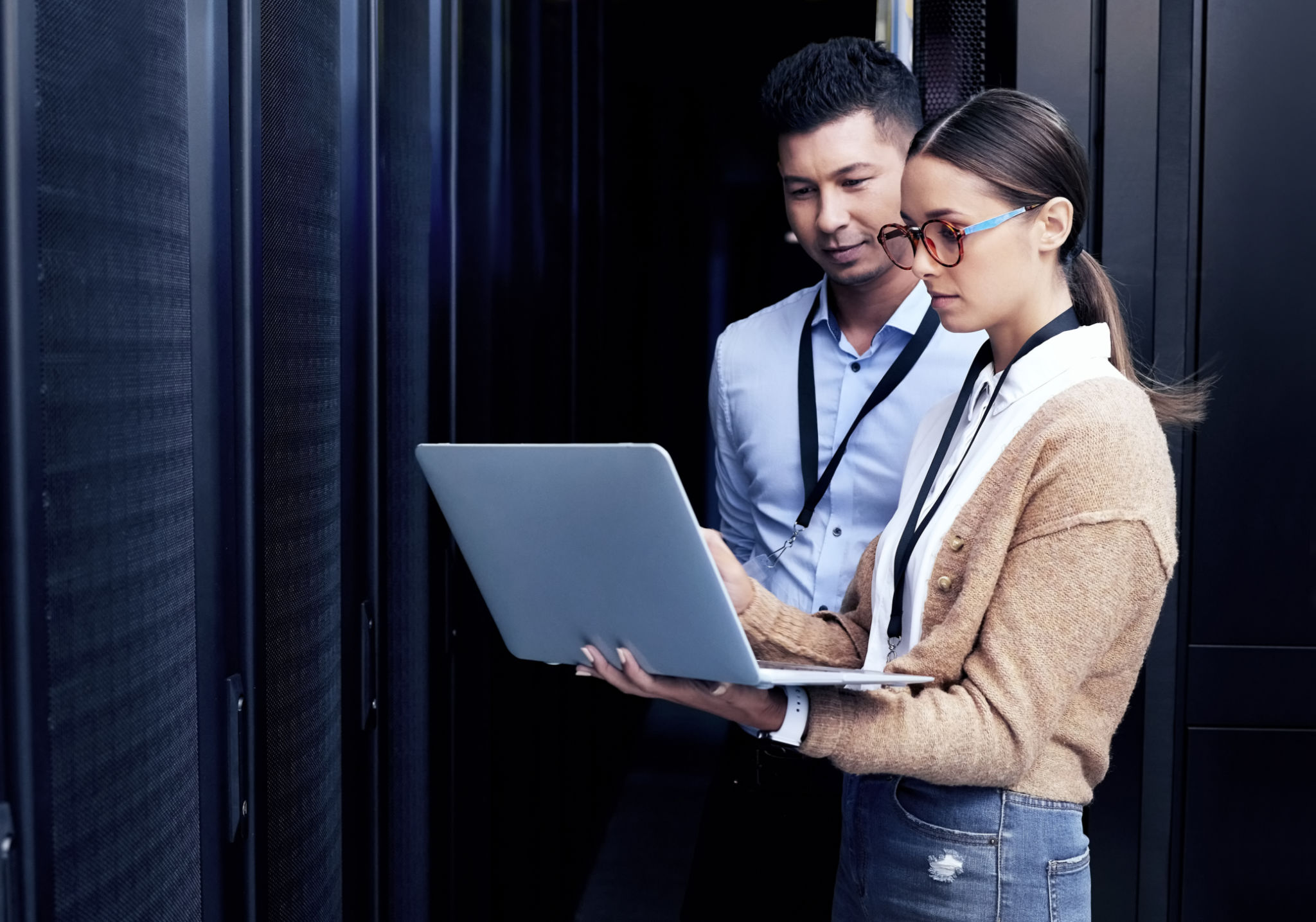How to Manage Attack Surfaces Effectively: A Comprehensive Guide for SMBs
Understanding Attack Surfaces
In today's digital landscape, small and medium-sized businesses (SMBs) face a myriad of cybersecurity challenges. One of the most critical aspects of cybersecurity management is understanding and managing attack surfaces. An attack surface is the sum total of all the points where an unauthorized user can try to enter data into or extract data from an environment.
Effectively managing these surfaces is crucial for protecting sensitive information and maintaining the integrity of your business operations. This guide aims to provide SMBs with practical insights on how to manage attack surfaces effectively.

Identifying Your Attack Surface
The first step in managing attack surfaces is identifying them. Begin by conducting a thorough audit of all your digital assets. These assets include hardware, software, and network components. Look for entry points that could be exploited by cyber attackers.
Consider all devices, applications, and user accounts that access your network. Remember that even third-party services can present vulnerabilities if not properly managed. Establish a comprehensive inventory that details all these components and update it regularly.
Assessing Vulnerabilities
Once you have identified your attack surface, it's essential to assess the vulnerabilities associated with each component. Regular vulnerability assessments can help pinpoint weaknesses in your system. Use automated tools to scan for known vulnerabilities and ensure that your software is up to date with the latest security patches.

Implementing Security Measures
After identifying and assessing vulnerabilities, the next step is to implement robust security measures. Start by employing firewalls and intrusion detection systems to monitor and control incoming and outgoing network traffic. These systems act as the first line of defense against potential threats.
Additionally, consider implementing multi-factor authentication (MFA) to add an extra layer of security. MFA requires users to provide two or more verification factors to gain access, significantly reducing the likelihood of unauthorized access.
Training Employees
Your employees play a crucial role in maintaining cybersecurity. Educate them about best practices for online safety, such as recognizing phishing attempts and using strong passwords. Regular training sessions can help keep security top-of-mind and empower your team to act as a line of defense against cyber threats.

Monitoring and Maintenance
Effective attack surface management is an ongoing process. Continuous monitoring is essential to detect any unusual activity or potential breaches promptly. Utilize security information and event management (SIEM) tools to gain real-time insights into your network's security posture.
Regularly review and update your security protocols to adapt to the ever-evolving threat landscape. Scheduled maintenance checks ensure that all systems are functioning optimally and that any new vulnerabilities are promptly addressed.
Creating an Incident Response Plan
No system is entirely immune to attacks; therefore, having a robust incident response plan is critical. This plan should outline the steps to take in case of a security breach, including identifying the breach, containing it, eradicating the threat, and recovering operations.
Ensure that all employees are familiar with the incident response plan and conduct regular drills to assess its effectiveness and make improvements where necessary.
Conclusion
Managing attack surfaces effectively requires a proactive approach and ongoing vigilance. By identifying vulnerabilities, implementing strong security measures, training employees, and establishing a solid incident response plan, SMBs can significantly reduce their risk of cyberattacks.
Remember, cybersecurity is not just a one-time effort but a continuous journey towards safeguarding your digital assets. Stay informed about the latest threats and adapt your strategies to protect your business in this ever-changing digital world.

